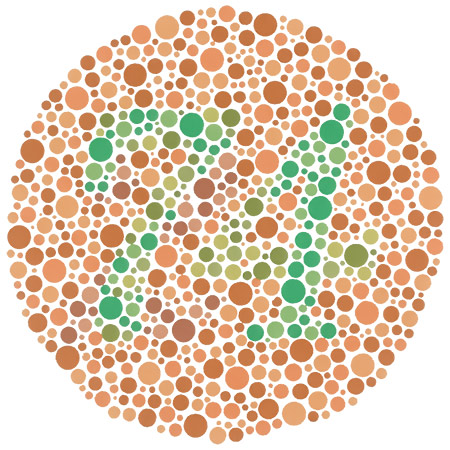
Color Blindness: What Is It And How Is It Detected?
Dyschromatopsia or color blindness is a visual abnormality that makes it difficult to see the colors of objects. It is also called color blindness, in honor of the physicist and mathematician John Dalton, who suffered from this anomaly.
There are different types of color blindness, depending on which colors are the ones that are not distinguished and the degree of affectation:
- Achromatopsia (or achromatic color blindness). Total lack of perception of colors. Those who suffer from it see the world in grayscale, like a black and white photo.
- Monochromatism (or monochrome color blindness). Vision is reduced to a single color.
- Dichromatism (or dichromatic color blindness).
- Trichromatism (or abnormal trichromatic color blindness). Various colors are confused with each other. It is the most frequent type In the case of dichromatic color blindness,
- Protanopia: The color red is not distinguished, which is perceived as beige and, in addition, green is very similar to red.
- Deuteranopia: the green color is not identified, which is seen in a yellow tone. It is the most common type of dichromatic color blindness.
- Tritanopia: Blue is not identified. The colors yellow and blue are confused Color blindness is hereditary. It is linked to the X chromosome, and affects more men (an estimated 8% of the population) than women (0.5%).
For the diagnosis, the so-called Ishihara letters are used, among other methods, which are very common in optometrists and ophthalmologists’ offices, and which are usually used in a first examination to rule out that this anomaly is suffered. In the example that this article illustrates, someone with normal vision should see the number 74. People with tetrachromacy can read the number 24, while someone with achromatopsia will not be able to distinguish any number.
Color blindness does not have an effective solution, although wearing a type of glasses with special lenses can help. Filters, special contact lenses, and computer software are also helpful.
In the case of children, it is important to keep the teachers informed so that they take into account the limitations of the non-distinction of colors.





